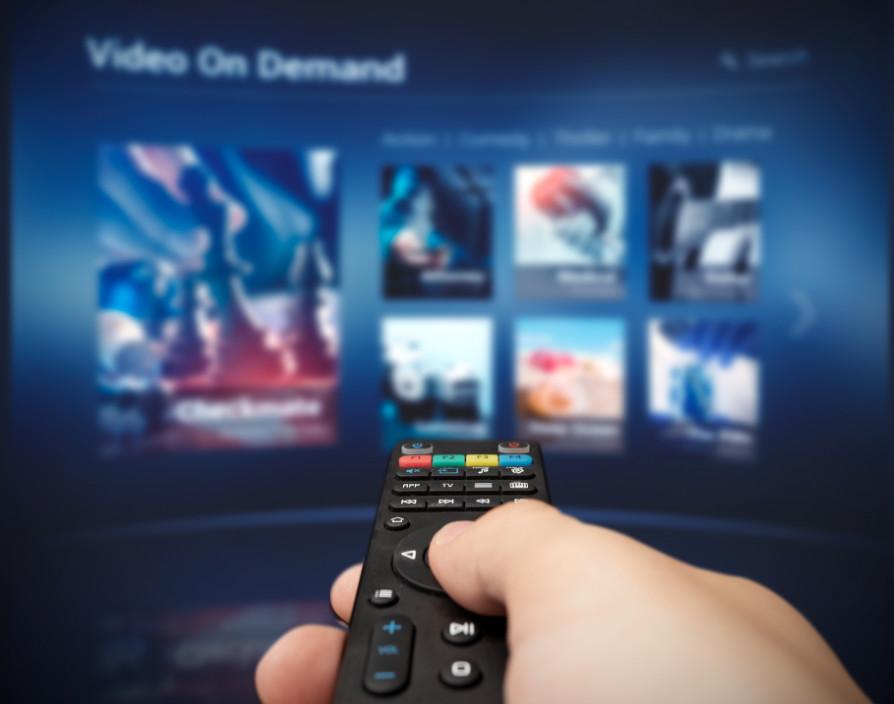What would we have done without streaming over the past few years? As the world descended into lockdown, we turned to our Subscription Video on Demand (SVOD) services to choose the content that would pull us through. And, as we saw in 2020, for the first time, streaming services reached one billion customers around the world.
However, more recently these figures have begun to falter, with Netflix announcing a loss of over a million customers during the first half of 2022. Monthly subscriber churn for the industry – the rate at which services lose customers – rose to 5.2% by the end of 2021, compared to 3.2% at the start of 2019. But in a rebuke to industry trends, relative newcomer Disney+ saw growth of 14.4 million subscribers in Q2.
Disney streaming ahead
Subscription services like Amazon Prime and Netflix have been growing their catalogues since their days as mail-order services, long before home internet could handle today’s level of streaming. Despite this head start, upon launching, the House of Mouse had an enormous advantage, aside from its global brand: its library was built using content Disney or its subsidiaries had created over its near-100-year history. This treasure trove attracted fans of all ages who grew up with the classics they could now access at their leisure from their homes or on-the-go.
In its infancy, Disney also adopted an aggressive subscriber-growth strategy. This included taking back streaming rights to some of its most popular content, spending billions on new original content, and offering the service at a very attractive price point.
Disney has also been effective at debuting new content on its streaming service, releasing movies like Turning Redand Luca to critical acclaim. The Disney brand name has drawn in and retained customers, consolidating earnings in streaming while cinema figures try to work their way back to pre-pandemic levels.
Now, in a bid to further increase its reach and keep subscription prices low, Disney will be releasing an Advertising Video on Demand (AVOD) model.
Why is AVOD becoming so popular?
AVOD, inserting un-skippable adverts into streaming, is seeing a resurgence in popularity amongst content services. Amazon is already trialling it with Freevee to great success.
In effect, AVOD has businesses subsidising the cost of subscriptions, with customers, in return, seeing the return of ad breaks. Disney is proposing four to five minutes per hour of adverts, which equals the industry average. Some might balk at the idea of subscription services introducing adverts, however, a majority of UK subscribers say they would be happy for adverts to be included, if it meant free content.
The inception of AVOD is the result of cascading factors. First, there’s SVOD fatigue. Netflix, Prime, Disney+, HBO Max – the list of top tier streaming services continues. Sometimes catalogues overlap, but mostly there is simply too much choice, and consumers are starting to make decisions based on value.
Next is the price. Each subscription can cost anywhere between £8 and £57, depending on the tier. This comes at a time when people are tightening their belts amid a global cost-of-living crisis. Under current models, providers are upping their prices to stem massive losses as economic pressures increase – many of Netflix’s lost subscribers have been attributed to hikes that customers can’t, or won’t, pay.
Supply chain and AVOD
Digital streaming services require a very streamlined supply chain to function properly. In particular, the large scale of operations means it is essential to deploying sophisticated tech like AI and machine learning to make decisions. This will become more important as AVOD is normalised – with thousands of hours of content, even just choosing when to insert adverts requires more than simple automation. Streaming services must use viewer data to make real-time, intelligent, ad-serving decisions to narrowcast their advertising messages. This will not only increase efficiencies for the advertisers, but it will also serve to boost subscriber satisfaction and retention.
To meet the massive increase in consumer content demand and seamlessly control the entire supply chain, providers will have to adopt cloud-native supply chain platforms. Through the delivery of on-demand content and the creation of individualised adverts, these platforms will have the opportunity to revolutionise advertising. Because, for the first time, viewers will receive a genuinely appealing, curated ad experience broadcast directly onto their screens.
Regardless, focus should remain on the quality of content being produced, whichever subscription model subscribers and providers choose. Adtech can become as personalised as possible, but the content it’s surrounding is the real reason people are subscribing. Consumers’ main interest will always be the content they choose to consume, rather than the adverts that might reduce subscription costs.
Share via:


















































